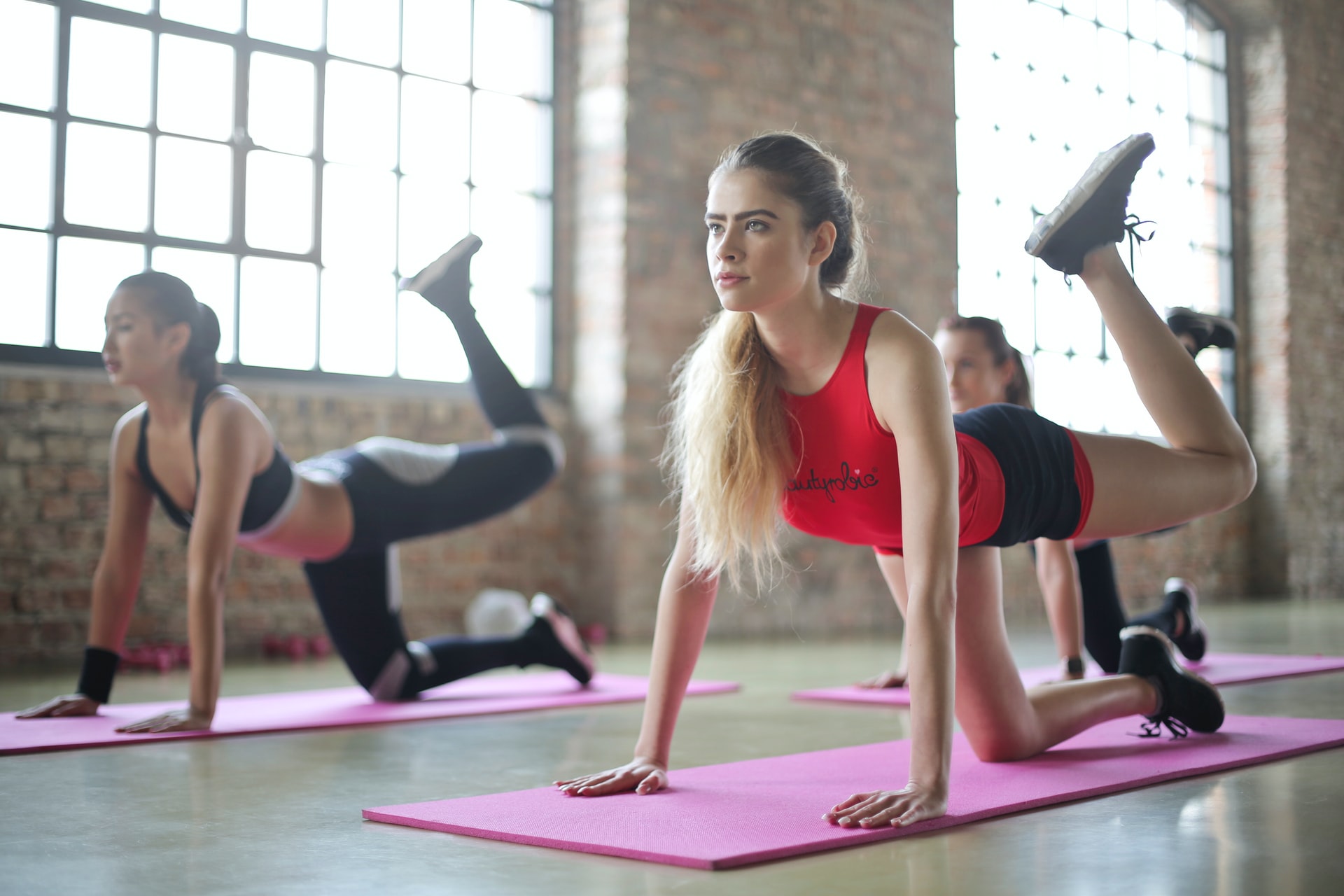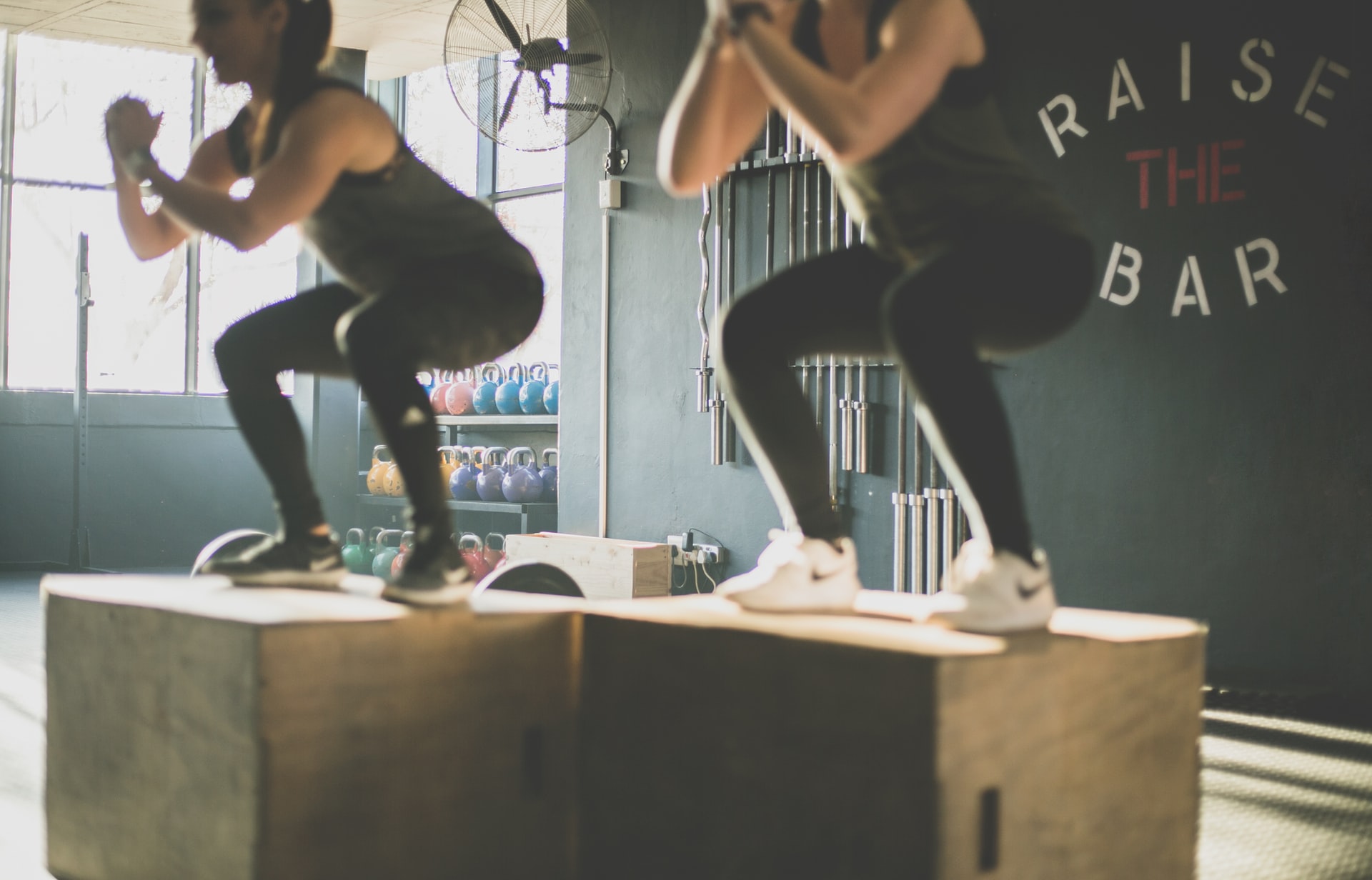A healthy lifestyle includes regular physical activity. This can help you stay in a healthy weight range. It has the ability to reduce the prevalence of diseases including diabetes, heart disease, and a variety of others. It’s also common knowledge that staying in shape is important for your health -Cool Down Activities. It’s not so much about how often you exercise as it is about how you exercise. Many people ignore one of the most important components of working exercise.
Activities To Help You Relax:
What Are Some Good Cool-Down Exercises?
Light exercises that help your body shift from a state of high activity to a resting state are known as cooldown activities. This could be an important part of your workout for a variety of reasons. Some of the explanations are as follows:

Following a long run, take a nice walk to help your knees feel better.
It decreases dizziness and other issues caused by blood collecting in your lower limbs after exercise and promotes a positive mood.
When your heart tissue recovers from exertion, the amount of strain on it is reduced.
Cool-down exercises include:
Cool-down exercises have always been beneficial, even if they aren’t doing everything that some people say.
We’ve put together a list of the best post-cool-down activities.
Extend your arms as far as you can:
Stretching with your arm crossed over your body is a great way to start. Changing your hands on your back might also help you stretch the back of your arms.
Warming up and cooling down your arms is typically a good idea because almost every workout impacts them in some way. If you’ve noticed, most athletes extend their limbs while racing. As a result, it’s one of the most effective ways to calm down. It helps to release the muscles in your arms and shoulders.

Extend your chest outwards:
Stretching would be a good activity for us to do after we cool down. That’s also just a heads-up, as all of these methods for cooling down are incredibly effective while also being incredibly simple.
It’s an excellent technique to loosen up your chest muscles. One of the most well-known is lacing your fingertips over your behind, stretching out your shoulders, and staring up at the sky.
Swimming:
Wading in the water activates nearly all of the same muscles as leaping jacks. Swimming at an Olympic level engages the same muscles but to a larger extent.
Whether you have access to a pool at home or at the gym, a quick rinse in the pool could be a great way to unwind. We assume you’ve picked up a few additional cool-down exercises to add to your repertoire.
Keep in mind that the purpose of a cool down is to help your body go from high exertion to hardly work without harming it. A proper cool-down workout is any stretch, workout, or activity that aids in the accomplishment of that task.
As a result, you’ll be able to alter the intensity of your swimming sessions.
Extend your legs to their fullest extent possible:
As a result, you’ll be able to alter the intensity of your swimming sessions. Extending your legs, especially if you’re a marathon runner, is a great method to cool down.

Even though it was largely upper body, a great leg stretching workout might be a great cool down workout. All of the oldies are included, such as wrapping your leg around your body to stretch your hamstrings or attempting to place your feet together. Others, more sophisticated stretches, put an equivalent strain on the same areas.
Take a stroll:
Walking, according to our research, is the best cool-down activity.
We’re not talking about power walking, in which your legs and arms are constantly pumping. We’re planning a pleasant, relaxed stroll.
You don’t even have to beat your arms. It allows everything else to stay stable as you continue to go forward.
This is true regardless of the type of exercise you undertake; nevertheless, going for a nice walk tends to be near the top of everyone’s list.
The Human Costs of Unmanaged Pain Have Many Facets:
Untreated pain can lead to increased worry, dread, misery, despair, sadness, hopelessness, and suicide ideation on an emotional level.
Pain can make it difficult for people to attend 12-Step meetings, maintain their Fellowship, and serve.
In terms of spirituality, a person in severe agony may feel cut off from their God or Higher Power.
We don’t want the person in recovery to feel alone and disconnected from a key source of support, comfort, strength, and sustenance since substance misuse is a disease of isolation and loneliness.
Physically, discomfort can cause problems with appetite and sleep, as well as self-care issues, sexual dysfunction, and the incapacity to participate in rehabilitative operations. Pain can also cause exhaustion, falls, and other complications.
It can also make it difficult to focus, concentrate, or remember things, as well as reduce one’s sense of control and/or quality of life. It can also make their caretakers’ lives more difficult and cause their own universe to shrink.
Pain Management During Rehab:
People in recovery, on the other hand, develop cancer, endure operations, suffer trauma, and break bones. On the one hand, we frequently hear of people in recovery relapsing on their prescribed painkillers.
Pain Management Obstacles:
Fears about developing an addiction or relapsing. In general, and particularly in the recovering substance abuser, there is a lack of training in pain evaluation and pain treatment. Fears of being deceived by drug addicts.
Fear of regulation. In general, and particularly in the recovering substance abuser, there is a lack of training in pain evaluation and pain treatment.

Basics of Pain Management:
The following are some of the most basic principles of pain management:
Patients will frequently self-medicate by taking extra medication if their pain is not sufficiently addressed. Pain is defined as whatever the patient describes it to be.
For many forms of pain, there are a variety of non-opioid treatments that work well alone or in combination, and these should always be the first line of treatment for recovering substance abusers.
To get on top of the pain, recovering substance abusers usually need bigger doses, to begin with, rather than smaller amounts.



